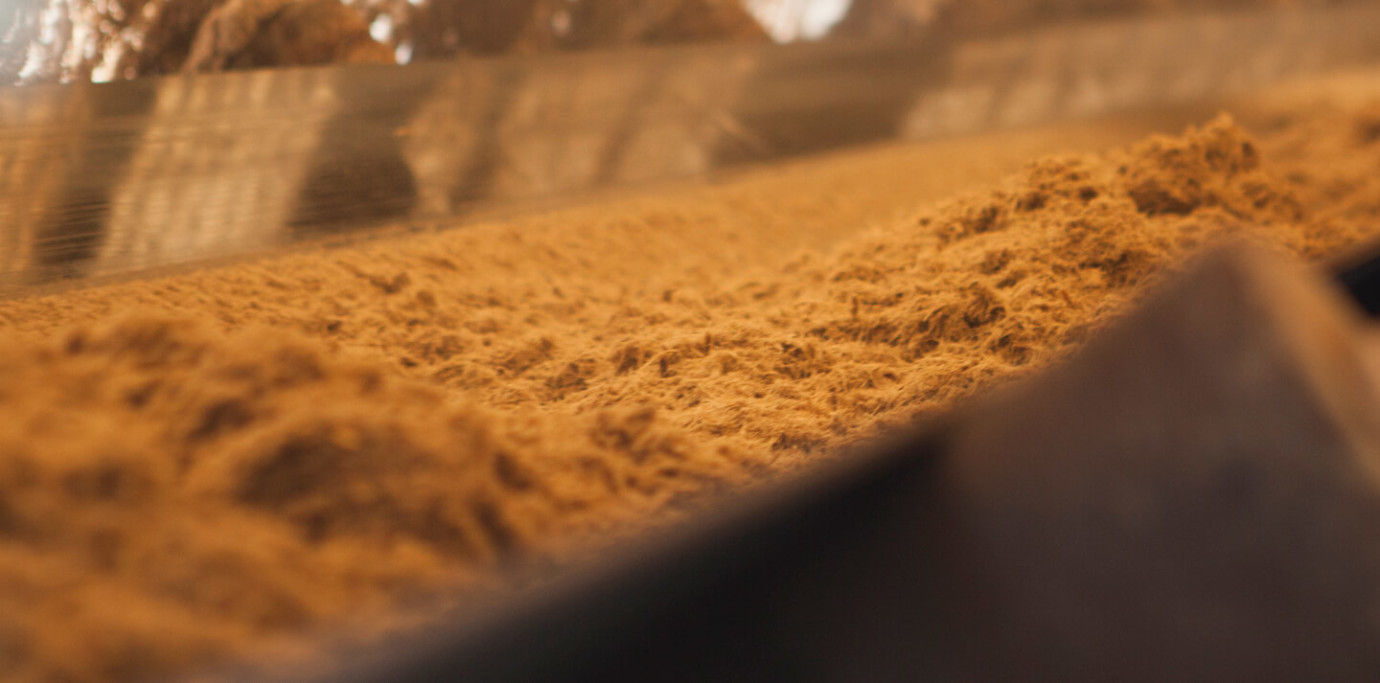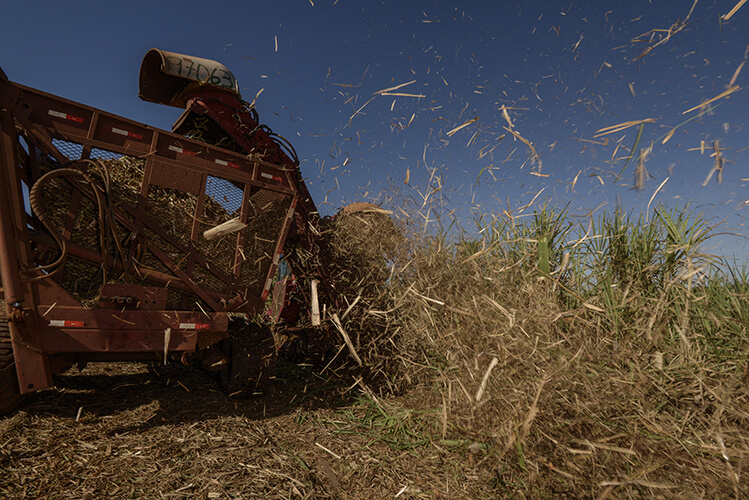Every day, tens of millions of barrels of oil, cubic metres of gas and tonnes of coal are burned worldwide to produce electricity. Globally, 66% of the world’s electricity is produced using fossil fuels.
This situation is unsustainable. First of all, because these resources are not unlimited. Above all, because these fuels are the main source of CO₂ emissions and, as a result, global warming. If we do nothing, the global average temperature could rise by 4.8°C by 2100, according to IPCC calculations.
Changes in energy sources used to produce electricity globally between 1973 and 2015 (1)
Faced with this emergency, the international community has committed, including under the Paris Agreement, to fight global warming and, in order to do so, to accelerate the energy transition, i.e., the shift to low-carbon energy. In France, the Climate Plan, presented in July 2017, fixes a clear target: to provide 32% of the energy mix through renewable energy by 2030 and achieve carbon neutrality by 2050.
Climate Plan commitments
The aims of the Plan presented by the Minister of the Ecological and Inclusive Transition include to “stop using fossil fuels and commit to carbon neutrality”. This consists primarily of doing the following:
- Commit to producing carbon-free electricity
- Cease oil, gas and coal production by 2040
- Achieve carbon neutrality by 2050

Changes in energy sources used to produce electricity globally between 1973 and 2015 (1)
To prevent these commitments from being merely a dead letter, energy producers are responsible for increasing the share of renewable energies (REN) in their “mix”. Although most investments today concern wind and solar energy, one of the difficulties of these energy sources remains their intrinsically intermittent nature.
We must therefore solve a fundamental problem: providing what we call the “basis”, i.e. a continuous power supply in every territory, without resorting to fossil fuels — in other words, without needing to restart a fossil fuel-burning power plant to compensate for insufficient sunshine or wind.
What are renewable energies?
Renewable energies are defined as the opposite of fossil fuels. Being produced from “flows” (water, sunshine, wind, plant growth, geothermal energy, etc.), they are different from “stored” energies (oil, gas, coal, etc.). Energies that come from sources that are renewed quickly enough for them to be considered inexhaustible are said to be “renewable”.
For these reasons, we are continuing our years of effort by developing two renewable energy sources: solar energy alone or combined with batteries (we are the biggest photovoltaic energy producers in Overseas France) and above all, plant biomass.

Biomass, a renewable energy
Biomass energy can be used to generate electric power by harnessing the heat released by burning organic matter. This consists primarily of plant waste: crop residues such as bagasse from sugar cane, shredded industrial pallets, forestry waste, etc.
Plant biomass energy offers several advantages, the first of which is the fact that it is renewable, provided we ensure that the biomass used is sustainable by keeping a balance between the quantities used and those that grow again each year. Its carbon footprint is practically neutral. While it is growing, the plant absorbs a quantity of CO₂ equal to that emitted when it is burnt. The only carbon emissions that are not offset are those generated by the fuel’s cutting and transport operations. This is why it is necessary to find biomass sources that are as close as possible to the biomass energy power plants.
At Albioma, we ensure that the use of the resources does not adversely affect biodiversity and the fertility of the areas used. We are also careful to strictly observe the use hierarchy, meaning that we use the biomass solely when it has no other use.
The model that we generally follow in our power plants is based primarily on the use of bagasse, the fibrous residue of sugar cane — a plant with an unusually high CO₂ absorption capacity.
What is a use hierarchy?
Whenever a raw material has several alternative uses, such as supplying food or providing housing on the land used, we speak of a “resource use hierarchy”.
Bagasse, a renewable energy source rooted in the territories
We have also chosen bagasse because of our links with the territories that we already provide with energy: Réunion Island, Guadeloupe, Martinique, Mauritius but also Brazil. In Overseas France, the use of sugar cane is an important link in the local economy. Every year, the overseas departments and regions produce an average of 2.5 million tonnes of sugar cane, employing more than 7,000 people full time.
In Réunion Island, Guadeloupe and Martinique:
- 5 million tonnes of sugar cane
- 7,000 full-time jobs
- 5 million tonnes of sugar cane
- 7,000 full-time jobs
For 20 years, we have been developing a unique partnership with the sugar industry, enabling us to convert bagasse into an energy resource locally at power plants located near sugar refineries. This model enables us to ensure that the power networks in these areas cut off from continental power generation provide a stable electricity supply in extremely competitive economic conditions.
In concrete terms, the sugar manufacturer supplies us with 300 kg of bagasse from one tonne of sugar cane. We use it to produce 120 kWh of electricity for the network and 450 kg of steam through cogeneration. This quantity of steam enables the sugar manufacturer to produce 115 kg of sugar. And we provide energy to the entire region.
What is cogeneration?
Producing electricity in a thermal power plant consists of using the heat of combustion to generate steam that drives a turbine connected to an alternator. Cogeneration is the ability to use this steam to simultaneously produce mechanical energy (electricity via the alternator) and heat energy (low-pressure steam) extremely efficiently.
Production statistics
- 300 kg of bagasse produced by a grower
- 120 kWh of electricity produced for the network
- 450 kg of steam produced for the sugar refinery

Plant biomass — the basis of a renewable energy mix
Plant biomass, which is used near to where it is produced, is used as a source of both electricity and heat, in a circular economic logic.
It really makes sense in the transition towards a 100% renewable energy mix. Because it is always available, it forms the basis for ensuring a stable power supply and so intermittently injecting constantly increasing quantities of renewable energy into the network. This is why it is a core element of Albioma’s growth model.













